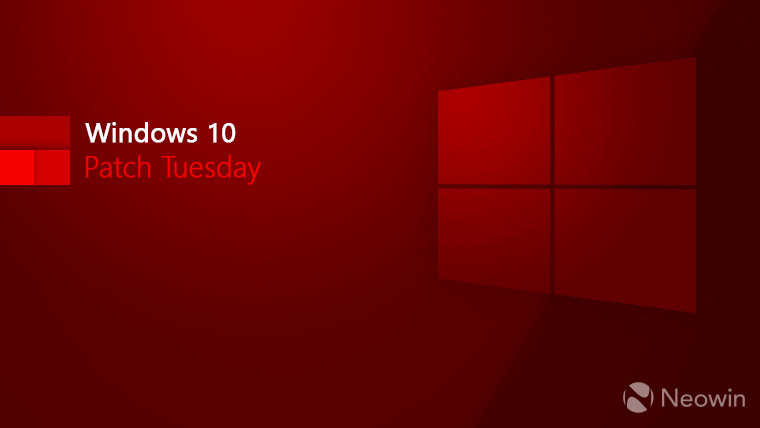Earlier this month, Microsoft released the KB5026361 update for those running Windows 10. The update, which was released as a part of Patch Tuesday, fixed a bunch of security issues. However, it looks like the update also introduced some unintentional bugs to the operating system.
According to posts on Reddit and Microsoft Feedback Hub, users are experiencing a variety of issues after upgrading their Windows 10 machines to the latest update.
A majority of the reports involve Blue Screen of Death (BSoD) errors for Windows 10 users with the error code "PROCESS1 INITIALIZATION FAILED". A quick glance on an outdated Microsoft article about the error code reveals that it has something to do with the Bootcat file.
This issue occurs because the Bootcat.cache file is corrupted or because the size of the Bootcat.cache file is changed since the last successful start.
Microsoft recommends using a Windows installation disk to boot in and delete the bootcat.cache file to fix the issue. However, the article was originally intended for Windows 7 so it is hard to tell if the fix will work on Windows 10. That said, someone on the Feedback Hub mentioned using Windows 10 installation media to start AMD RAID drivers manually via command prompt to fix the issue.
I fixed the problem using Windows 10 installation image from USB flash by manually starting AMD RAID drivers via command prompt and then performing boot repair. I am curious that Windows 10 (and Windows 11 also) still don't support AMD RAID natively and there is a need to install the drivers manually.
Furthermore, users noted that they are getting error code 0x800f0922 when trying to install the update on their machine. There are also reports of users getting random restarts, a string of error messages, update failures and crashes after installing the update.
Microsoft is yet to acknowledge these reports, so we don't know the exact reason or the extent of the impact.
More recently, Microsoft confirmed a problem that is impacting VPN performance on Windows 11. This was followed by the company acknowledging a SATA bug that had impacted all the recent iterations of Windows, including Windows 11.
Seeing Microsoft's recent track record of update failures, it is safe to say that the Redmond giant needs to look into the root cause and address it for both Windows 10 and Windows 11 users.

We here at Neowin recommend enabling System Restore on the Windows install disk (usually C:\) and doing a System Restore Point before installing Patch Tuesday updates, but also before installing 3rd party software on your system.



Recommended Comments
Join the conversation
You can post now and register later. If you have an account, sign in now to post with your account.
Note: Your post will require moderator approval before it will be visible.